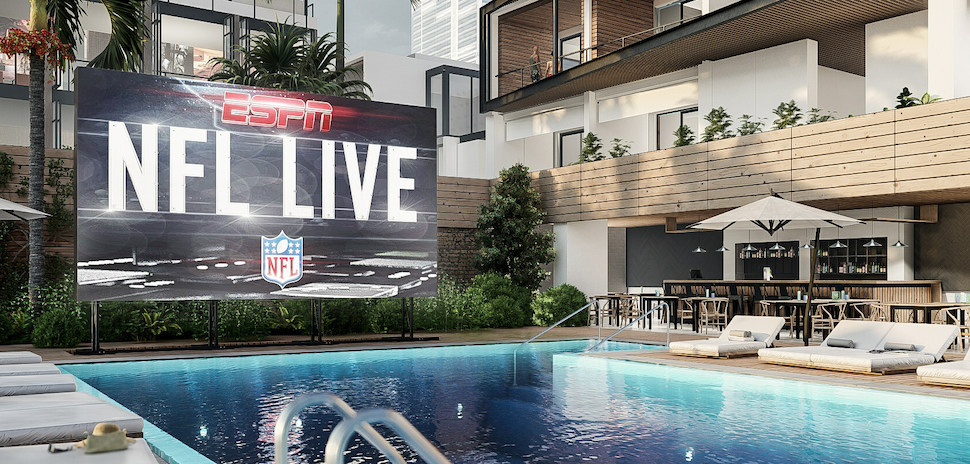Light-emitting diode panel screens have become progressively favored in current years, particularly in environments like educational institutions, corporate spaces, and public areas. These screens use LED diodes (LEDs) to create vivid and vibrant images. One of the most significant benefits of LED innovation is its longevity compared to traditional screen methods, such as CRT tube tubes (CRTs) and LCD crystal displays. Understanding the distinctions in duration and performance between these options can help buyers make knowledgeable choices about their screen needs.

Traditional screen methods, like CRTs, have been present for many years. They were frequently used in televisions and PC screens. However, CRTs have a shorter lifespan, generally lasting around 10,000 to 20,000 hrs of operation. This means that after a couple of years, consumers may observe a deterioration in image quality, such as dimming or color distortion. In comparison, LED panel panels can last significantly longer, often exceeding 50,000 hrs. This prolonged lifespan means that consumers can enjoy consistent performance without the need for frequent replacements.
Another crucial aspect to take into account is power conservation. LED panel screens consume less power than conventional screens, which not only benefits the environment but also reduces electricity costs. For example, while a informative post CRT screen may consume around 100 watts of energy, an LED panel can use as few as 30 to 50 W. This discrepancy in energy usage adds to the overall longevity of LED innovation, as reduced power usage generates minimal thermal energy. Excessive heat can harm electronic components, resulting to a shorter duration for conventional displays.
In furthermore to their longer lifespan and power conservation, LED wall panels also provide enhanced image clarity. They provide brighter hues and better differentiation, making them ideal for multiple uses, from marketing to educational presentations. The innovation behind LED screens allows for a broader viewing angle, meaning that visuals stay clear and vibrant even when viewed from the flank. This is a significant advantage over conventional displays, which frequently experience from hue deformation and reduced brightness at broader perspectives.
In summary, the longevity of LED wall panels in contrast to traditional display technologies is a key factor for consumers to consider. With durations that can exceed 50,000 hrs, energy efficiency, and enhanced visual clarity, LED innovation offers many benefits. As innovation continues to advance, LED panel panels are likely to become even more prevalent in various environments. Grasping these distinctions can assist individuals and organizations make better choices when investing in screen innovation, guaranteeing they get the optimal value for their needs.
Comments on “Investigating the Durability of LED Display Screens in Contrast to Conventional Screen Methods”